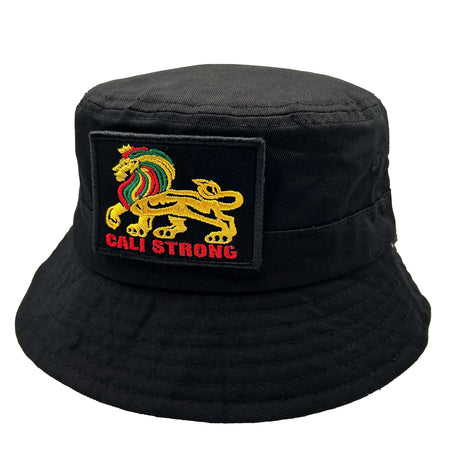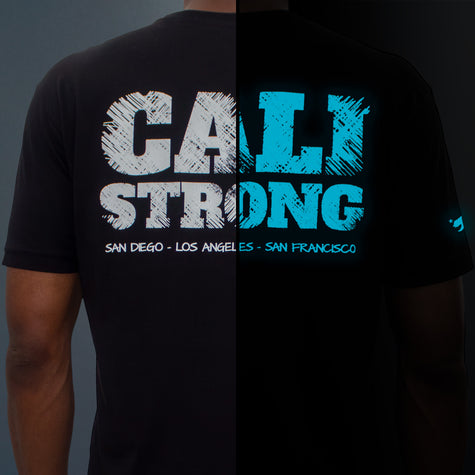When Was Skateboarding Invented?
Skateboarding has evolved from a fringe activity to a global phenomenon, capturing the imagination of people, young and old. The clattering of wheels on concrete, the daring tricks, and the creative self-expression that skateboarding embodies have made it more than just a sport; it's a culture. But when exactly was skateboarding invented, and how did it transform into the thrilling sport we know today? In this journey, we'll uncover the fascinating history of skateboarding, from its humble beginnings to its high-flying present.
The Early Beginnings (1940s-1950s)
The Surf Connection
Skateboarding's roots can be traced back to the sunny shores of Southern California in the 1940s and 1950s. Surfing was already a popular pastime, and it heavily influenced the birth of skateboarding.

Surfers were looking for ways to replicate the feeling of riding waves when the ocean was flat, and skateboarding was the answer.
Homemade Skateboards: Roller-skate Wheels and Wooden Boards
The first skateboards were far from the sleek, polished decks we see today. In these early days, people improvised by attaching roller-skate wheels to wooden boards. Essentially, they were riding wooden crates with wheels attached. These makeshift skateboards offered an exhilarating but rough and unpredictable ride.
The first modern skateboard was invented in 1958 by Bill Richards. He attached rollerblading wheels to a wooden board. The Roller Derby Skateboard went on sale in 1959.

Larry Stevenson and Makaha Skateboards
A significant figure in this era was Larry Stevenson, a passionate surfer. He recognized the potential for a land-based version of surfing and founded Makaha Skateboards in 1963.

Stevenson's designs incorporated clay wheels, providing a better grip and control, making skateboarding more accessible and enjoyable. This innovation was a crucial step in the evolution of skateboarding.
The Urethane Revolution (1960s)
The Limitations of Clay and Metal Wheels
As skateboarding gained momentum in the 1960s, there was a pressing need for better wheels. Early skateboards used clay or metal wheels, which made for a bumpy and unpredictable ride. Skateboarding needed a technological breakthrough to move forward.

Frank Nasworthy and the Introduction of Urethane Wheels
This breakthrough came in the form of urethane wheels, thanks to Frank Nasworthy. Nasworthy was a young skateboard enthusiast who saw the potential of this sport and recognized the limitations of the wheels available at the time. In 1972, he patented a method for creating urethane wheels.

These wheels offered superior grip, smoother rides, and better traction, allowing skaters to perform more advanced tricks and maneuvers. Urethane wheels revolutionized skateboarding and laid the foundation for its modern form.
Skateboard Parks and the Z-Boys (1970s)
The Emergence of Skateboard Parks
The 1970s brought a significant development in skateboarding - the emergence of skateboard parks. These parks were specially designed with ramps, halfpipes, and various obstacles to provide skateboarders with dedicated spaces to practice and showcase their skills. Skateboard parks became hubs of skateboarding culture and innovation.
Del Mar Skate Ranch and Its Significance
Among this era's most iconic skateboard parks was the Del Mar Skate Ranch in California. It attracted top talent and played a pivotal role in shaping skateboarding culture. In places like these, skaters could push the boundaries of what was possible on a skateboard.

Stacy Peralta and Tony Alva: Founders of the Z-Boys
Two influential skateboarders emerged during this period: Stacy Peralta and Tony Alva. Known for their aggressive and innovative skating style, they played a significant role in shaping modern skateboarding. Together, they founded the legendary skateboard team, the Z-Boys, and their influence is still felt in the sport today.
The Skateboarding Boom and Bust (1980s)
Skateboarding's Rise to Mainstream Popularity
The 1980s saw skateboarding reach new heights of popularity. Skateboarding appeared in popular films like "Back to the Future" and "Gleaming the Cube." The sport's popularity led to the proliferation of skateboard companies and the birth of a lucrative industry.
Rodney Mullen: The Father of Modern Street Skateboarding
One standout figure from this era is Rodney Mullen, often regarded as the father of modern street skateboarding. Mullen's groundbreaking tricks and technical skills paved the way for the contemporary street skateboarding style, emphasizing flip tricks, grinds, and slides. His innovations continue to influence skateboarders to this day.
The Decline of Skateboarding's Popularity in the Mid-1980s
However, by the mid-1980s, skateboarding faced a decline in popularity. Skate parks were closing, and the sport was considered by many as a fad. But skateboarding was far from over; it would soon experience a resurgence.
The Skateboarding Renaissance (1990s)
The X Games: A Turning Point for Skateboarding
The 1990s marked a resurgence of interest in skateboarding. One of the pivotal moments during this era was the founding of the X Games in 1995. This extreme sports competition showcased skateboarding alongside other action sports and brought skateboarding to a broader audience.
Tony Hawk: A Global Skateboarding Icon
Tony Hawk, often called the most famous skateboarder in the world, played a significant role in popularizing skateboarding during this period. Hawk's incredible talent and charisma helped him become a household name and a key figure in the growth of skateboarding's popularity.
The Revival of Skateboarding's Popularity in the 1990s
The 1990s witnessed a resurgence of interest in skateboarding, and it began to regain its status as a legitimate sport and cultural phenomenon. Skateboarding companies, communities, and events flourished, bringing the sport back into the limelight.
The New Millennium and Beyond (2000s-Present)
Advancements in Skateboard Technology
The new millennium brought further advancements in skateboard technology. Decks became lighter and more durable, enabling skateboarders to push the limits of what they could do on a board. Skateboarding continued to evolve as skaters embraced new materials and shapes.
The Diversification of Skateboarding Styles
Skateboarding also diversified in terms of styles. These street, vert, and park skating styles allowed skaters to explore their creativity and preferences. Skateboarding was no longer confined to one type of terrain or approach; it had become a versatile and dynamic sport.
Skateboarding in the 2020 Tokyo Olympics
In a historic moment for the sport, skateboarding was included in the 2020 Tokyo Olympics. Skateboarding legends like Nyjah Huston and Leticia Bufoni represented their respective countries and showcased the sport to a global audience, further cementing skateboarding's status as a worldwide phenomenon.
From Humble to Superstar
Skateboarding's journey from its humble beginnings in the 1940s to its current status as a mainstream sport and cultural phenomenon is a testament to the passion and innovation of the individuals who shaped it. Figures like Larry Stevenson, Frank Nasworthy, Stacy Peralta, Tony Alva, Rodney Mullen, and Tony Hawk have left an indelible mark on the sport.
Today, skateboarding continues to evolve, with new tricks, styles, and technologies pushing the boundaries of what's possible on a skateboard.
About the Author: Jim Stroesser, “The Brand Master”
With nearly four decades of experience, Jim Stroesser is a driving force in the world of global consumer branding across the sports, fashion, and entertainment industries. His journey from tech rep to CEO of iconic brands showcases his unparalleled ability to transform and elevate businesses.
As Co-Founder and CEO of CALI Strong, a direct-to-consumer sports brand based in San Diego, CA, Jim leads the charge in creating premium sports apparel, footwear, and equipment that embody the California lifestyle.
His legacy as an industry turnaround expert was cemented at Converse, where he spearheaded the brand's resurgence from bankruptcy, elevating its sales from $120 million to $285 million and finally a $305 million acquisition by Nike – a landmark deal that reshaped the industry.
Jim's expertise extends to leadership roles at Nike, Quiksilver, Oakley, LA Gear, Roxy, RL, Pony, Bob Marley and Adio. He currently serves on several boards, including SDSI, where he mentors emerging companies alongside Chairman Bill Walton.
















